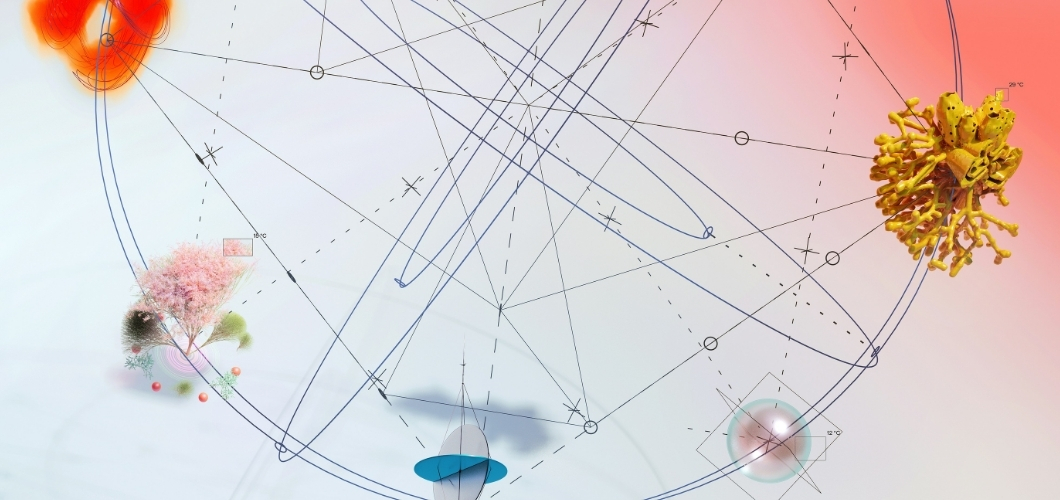The world is going through an unprecedented crisis of biodiversity; habitat destruction, climate change, poaching, and pollution have been putting pressure on ecosystems. Amid this fight for survival among species, advanced technology has now been brought into conservation, particularly artificial intelligence (AI) as the new power in saving vulnerable ecosystems. From monitoring endangered species to predicting hotspots for poaching, AI is going to redefine the future of conservation by presenting solutions that help scale efforts to protect vulnerable species across our planet. Here is how AI is remaking the future of conservation, more intelligent, speedy, and precise.
ALSO READ: Just AI: Ensuring Equity in Environmental Solutions
1. AI-Powered Wildlife Monitoring
One of the most promising uses of AI in conservation, wildlife monitoring involves tracking various species. Traditionally, species tracking required hours of observations by researchers in the wild. AI-enabled tools make it easier and faster through the use of advanced software in image and sound recognition, allowing for data input from camera traps, audio recordings, and satellite images with a great deal more speed and accuracy.
For example, conservation researchers use AI to identify distinct animals and monitor their behaviors individually. With AI, migratory trends can be live-tracked, giving immense insight into wildlife without touching them.
Drones used in remote locations that no human can reach to track wildlife, especially to catch images and videos, help with species recognition using an AI algorithm that will have the capability of self-checking, identifying the animals, tracking habitat changes, detecting threats like poaching which is illegal and hence give alerts to conservations over real-time for designing time-space appropriate conservation plan.
2. Countering Poaching with Predictive Analytics
The primary danger in threatening the endangered species will always be poaching primarily because of its existence mainly in Africa and Asia. AI has proven an instrumental factor in the fight against illegal activity due to the fact that such activity uses analysis of historical cases of poaching and general conditions to predict the region it will happen next. Next law enforcement agencies and wardens are able to mobilize resources in areas most predisposed to the threat and have successful patrols, thereby serving prevention better before it begins.
Predictive analytics have already shown significant success, with AI-driven models helping to reduce poaching incidents by up to 50% in certain protected areas. Additionally, AI algorithms can analyze images from thermal cameras and alert rangers to suspicious activities at night when poaching often occurs.
3. Habitat Conservation through Environmental Modeling
AI plays a very important role in environmental modeling. It will enable scientists to predict the effects of climate change on ecosystems and thus reduce it. Complex climate data can be analyzed by AI to determine how changes in temperature, precipitation, and sea levels may affect specific habitats. Such knowledge will empower conservationists to take proactive measures to prevent such damages, including creating climate-resilient protected areas or implementing habitat restoration projects in vulnerable regions.
AI-driven soil and water quality analysis helps monitor the health of ecosystems. For example, AI tools can detect pollutants as well as hazardous chemicals in real-time, enabling quick intervention to protect plant and animal species.
Future Prospects: The Future of Conservation Through AI
Although AI applications in conservation are still in development, the impact on biodiversity protection is already being felt. The more AI technology advances, the more it will be integrated into conservation efforts, becoming an essential tool in saving endangered species and preserving natural habitats. Combining AI with traditional conservation practices, we can hope for a future where technology and nature thrive together.



